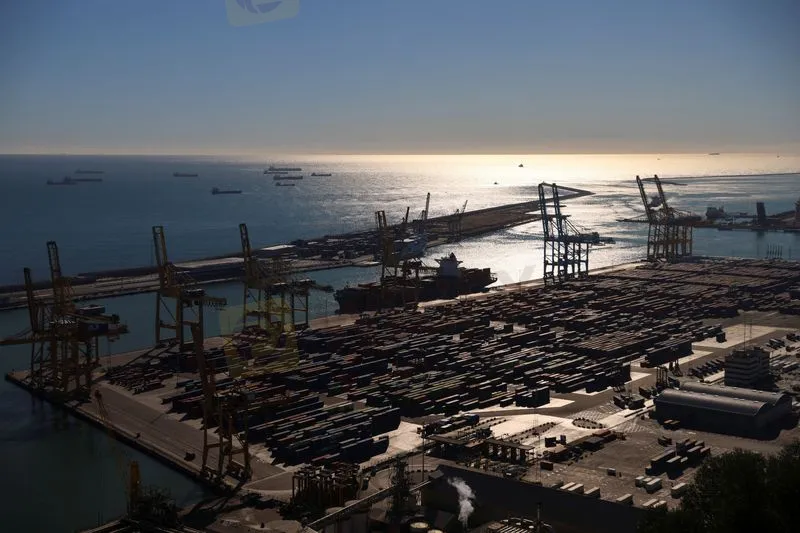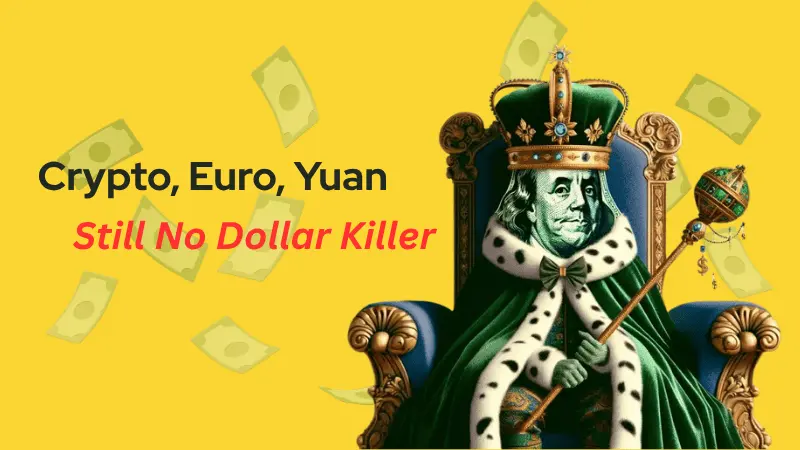简体中文
繁體中文
English
Pусский
日本語
ภาษาไทย
Tiếng Việt
Bahasa Indonesia
Español
हिन्दी
Filippiiniläinen
Français
Deutsch
Português
Türkçe
한국어
العربية
Spain's annual inflation jumps to 6.7% at end of 2021, highest since 1989
Abstract:Spanish consumer prices in December rose 6.7% from the same month last year, the fastest annual pace of inflation since 1989, flash data from the National Statistics Institute (INE) showed on Thursday.

Spanish consumer prices in December rose 6.7% from the same month last year, the fastest annual pace of inflation since 1989, flash data from the National Statistics Institute (INE) showed on Thursday.
The 12-month inflation rate to November was 5.5%, and analysts polled by Reuters had expected the final 2021 reading to come to 5.7%.
Prices increased 1.3% in December from November, compared with a 0.2% rise in December 2020, INE said.
Electricity fees drove the annual price index to the 32-year high, INE said, adding that prices for food also rose significantly in 2021, after a general decline the previous year.
The inflation rate for 2021 was the highest since a 6.9% increase in 1989, when the country was experiencing a rapid economic expansion after joining the European Community, as the European Union was then called, in 1986.
Spain also registered an annual inflation rate of 6.9% in March 1992.
INE data also showed Spain's EU-harmonised consumer price index rose 6.7% in December on an annual basis, up from 5.5% in November. Analysts polled by Reuters had expected a reading of 5.8%.
For more blockchain news, please download WikiBit - the Global Blockchain Regulatory Inquiry APP.

Disclaimer:
The views in this article only represent the author's personal views, and do not constitute investment advice on this platform. This platform does not guarantee the accuracy, completeness and timeliness of the information in the article, and will not be liable for any loss caused by the use of or reliance on the information in the article.
Read more

Crypto, Euro, Yuan: Still No Dollar Killer
Despite frequent “de-dollarization” headlines, the U.S. dollar remains unrivaled due to unmatched market depth, global usability, and trusted legal/institutional frameworks. Crypto and other currencies (euro, yuan) lack the stability, convertibility, and infrastructure required to replace the USD, while the Fed’s credibility and the scale of U.S. financial markets continue to anchor demand. Bottom line: no alternative currently offers a complete, credible substitute for the dollar’s global role.

100% Tariff Incoming: Trump Announces November Hike on China
The U.S. will impose an additional 100% tariff on Chinese imports starting Nov. 1, 2025—potentially earlier—alongside new export controls on “critical software,” escalating tensions after Beijing’s rare-earth curbs, new port fees, a Qualcomm probe, and a halt to U.S. soybean purchases. Stocks fell on the news. Key context: some U.S.-China tariffs remain paused until Nov. 10, a Supreme Court case could reshape Trump’s tariff authority, new U.S. duties on cabinets (Oct. 1) and wood products (Oct. 14) are in force, and a pause on Mexico tariffs is set to end next month.

What is NFP in Forex? An Insightful Guide for Traders
The Non-farm Payroll (NFP) report may be for the US. However, the report, which is issued every month, impacts the forex market globally. The monthly report estimates the number of jobs gained in the US in the previous month. The job numbers stated on this report exclude those of farms, private households, and non-profit organizations. Usually released on the first Friday of the month, the report also includes the US unemployment rate, average hourly earnings, and participation rate. In this article, we have answered the question - what is NFP in forex - and shared other pertinent details. Read on!

Fed Rate Cuts May Not Happen in July, Markets Await Policy Meeting Minutes Release
Federal Reserve officials had a meeting on June 17-18 during which some of them expressed a fall in interest rates in July. However, a lot of policymakers are still worried about the inflationary pressures that might emerge from US President Donald Trump’s import tariff decisions aimed at changing global trade. So, it seems the rate cut may not happen in July. Read this to know more.
WikiFX Broker
Latest News
Stonefort Securities Review: A Fair Look at Safety, Rules, and What Traders Say
Trump asks for meat packer probe over beef prices
Voices of the Golden Insight Award Jury | Tim Waterer, Chief Market Analyst of KCM Trade
BASF CEO: EU CO₂ Trading Is A "Destruction Mechanism" For European Industry
Prop Firm Scams: When ‘Getting Funded’ Costs You Everything
PINAKINE Broker Review: A Complete Look at Its Services and Risks
One-Click Access to Broker Official Group Chats & Exclusive VPS Benefits
Easy Money Doesn't Exist! High-Return Promise Turned into an RM44,000 Scam
FXGlory Review: Vanishing Profits, Capital Scams & Withdrawal Charges Keep Annoying Traders
Charles Schwab Review: Traders Claim Illegitimate Profit Cancellation, Trade Manipulation & More
Currency Calculator




